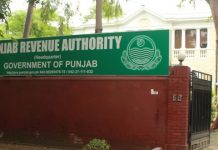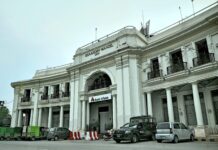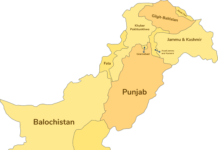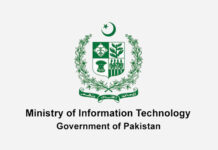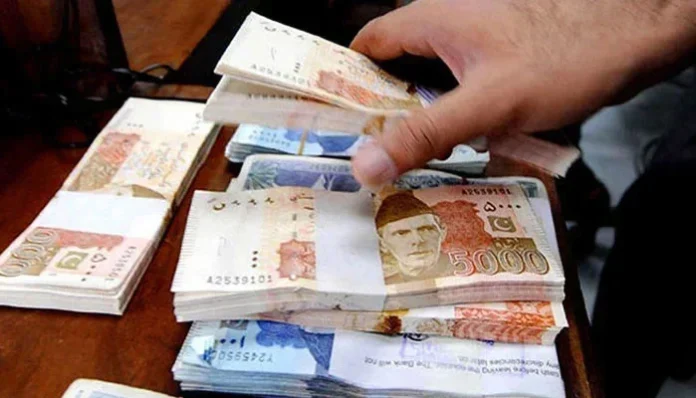Pakistan’s development spending under the Public Sector Development Programme (PSDP) remained sluggish in the first four months of FY2025-26, with actual utilisation reaching only Rs75.97 billion despite the Ministry of Planning, Development and Special Initiatives authorising Rs330.43 billion — equivalent to 33 percent of the Rs1 trillion annual allocation.
According to the Ministry of Finance’s release mechanism, 15 percent of PSDP funds may be issued in the first quarter, followed by 20 percent in the second, 25 percent in the third and 40 percent in the final quarter. However, spending has remained far below authorised levels as the government continues to exercise strict fiscal control to remain aligned with International Monetary Fund (IMF) requirements.
Data available on the Planning Ministry’s website shows that Rs219.2 billion, or 32 percent of the Rs682.26 billion allocation for federal ministries, divisions and departments, including Rs102 billion in foreign financing, was authorised during July–October. Actual spending by these entities stood at Rs53.93 billion.
Authorisations for the National Highway Authority (NHA) and the power sector (NTDC/PEPCO) amounted to Rs111.21 billion against their combined allocation of Rs317.74 billion, but utilisation reached only Rs22 billion. Of this, Rs79.44 billion was authorised out of Rs226.98 billion for NHA, with Rs20 billion spent so far. For the power sector, the ministry authorised Rs31.77 billion out of Rs90.76 billion, while Rs1.867 billion had been utilised by the end of August.
The ministry also authorised Rs68 billion out of Rs253.23 billion allocated for development projects in provinces and special areas, and Rs45 billion out of Rs133.42 billion for Water Resources Division projects.
Authorised amounts for other entities included Rs24.635 billion for the Cabinet Division out of Rs70.388 billion; Rs386 million for the Board of Investment; Rs974.28 million for the Climate Change and Environmental Coordination Division; Rs6.5 billion for the Federal Education and Professional Training Division; Rs4.168 billion for the Defence Division; Rs5.68 billion for the Information Technology and Telecom Division; and Rs7.85 billion for the Railway Division.
The ministry further authorised Rs15.74 billion for the Higher Education Commission out of Rs39.5 billion and Rs1.48 billion for the National Food Security and Research Division.
Despite a rare 1.6 percent fiscal surplus in the first quarter, driven by State Bank of Pakistan profits and higher petroleum levy collection, the government remains cautious with development spending. Officials said the restrained pace reflects the decision to shut or freeze numerous schemes under IMF-mandated fiscal consolidation, focusing instead on strategic projects nearing completion.
Only a few ministries, including Water Resources, NHA and HEC, have crossed the Rs1 billion spending mark so far. Spending is expected to pick up in the third and fourth quarters, when a larger share of PSDP funds is traditionally released.


